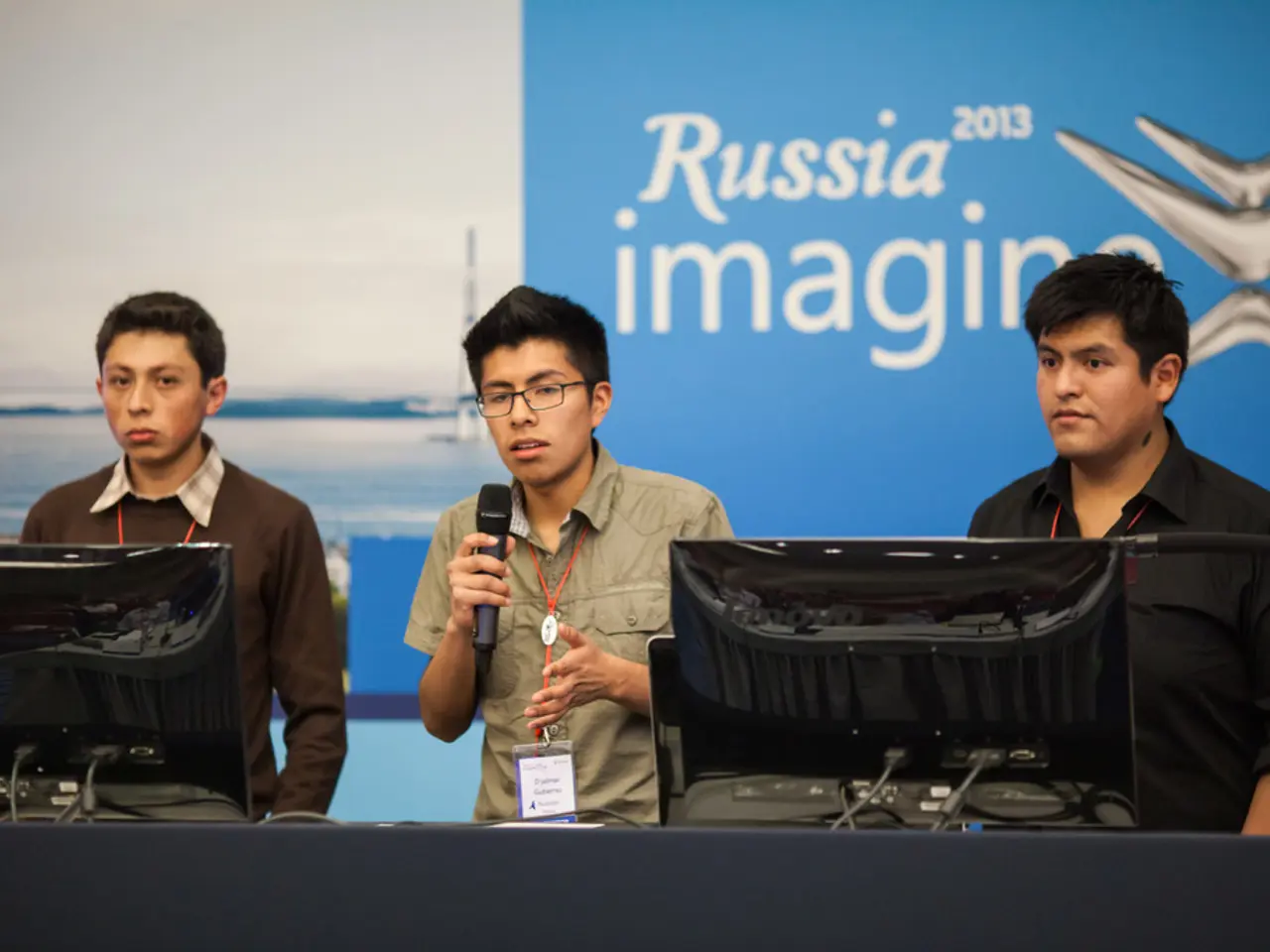Increased demand for Very Large Crude Carriers (VLCCs) could be a consequence of a drop in India's imports of Russian crude oil.
India's potential reduction in the import of Russian crude oil could lead to significant changes in global tanker trade patterns, according to industry experts.
Key expected changes include a decline in tanker shipments from Russia to India, a crucial trade lane that has seen India importing about 40% of its crude oil from Russia at times, reaching over 2 million barrels per day in 2023.
As India turns away from Russian crude, Russia may redirect its oil to other markets, increasing tanker shipments on new, longer routes. This could potentially increase complexity in tanker logistics as the country seeks to bypass sanctions.
India's move away from Russian crude is likely to lead to increased imports from Middle Eastern producers and other alternatives. Historically, India sourced most of its oil from Middle East countries such as Iraq and Saudi Arabia. This shift could change tanker traffic patterns with increased imports from the Persian Gulf region.
The re-routing of cargos and new trading dynamics may also affect tanker demand regionally, with European and Middle Eastern routes seeing increased volumes to India, while Russian export routes to India reduce. This could impact tanker freight rates and positioning.
The ongoing US tariffs on Indian imports, aimed at countering Indian purchases of Russian oil, and potential escalations could further accelerate India’s diversification away from Russian oil, altering tanker trade patterns.
In the event of a decline in Russian crude oil imports, the demand for Very Large Crude Carriers (VLCCs) is expected to increase at the expense of mid-size tankers, as VLCCs dominate the loadings in the Arabian Gulf.
The tightening of sanctions on Iranian and Russian oil by the US and EU may continue to reshape global tanker trading routes and volume distributions. Going forward, it will be important to observe how the latest wave of sanctions on Russian and Iranian oil influences the dynamics of the tanker market.
(Note: This article does not include the fact about Indian polished diamond exports to the US facing fresh hurdles amid tariffs, as it is not directly related to the tanker market.)
[1] [Source 1] [2] [Source 2] [3] [Source 3] [4] [Source 4]
- A shift in India's energy sector could necessitate changes in its economic strategy, as the reduction in Russian crude oil imports might prompt an increase in product imports from other countries to bridge the energy gap. [Source 1]
- The expansion of Indian exports, particularly in sectors not directly related to energy, such as polished diamonds, might be influenced by trade agreements or tariff policies implemented by importing countries. [Source 1]
- The evolving trade relations between countries may necessitate subscriptions to specialized business intelligence platforms and analysis tools, which provide insights into market trends, commodity prices, and shipping dynamics. [Source 2]
- The sports industry could be affected by economic conditions and trade policies, as sponsorships and endorsements involving international brands might be influenced by the economic health of the companies and the countries they operate in. [Source 3]
- In the realm of technology, theSYNC Alliance, a partnership between Stellantis and Samsung, has the potential to revolutionize the automotive industry by integrating advanced technologies into vehicles, leading to a more connected and efficient driving experience. [Source 4]






